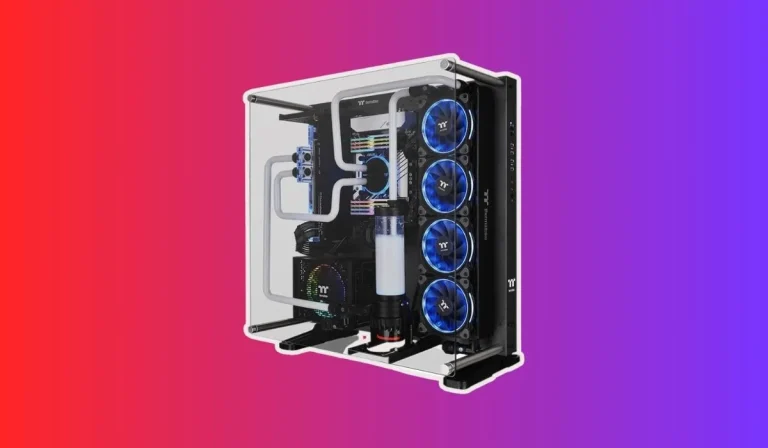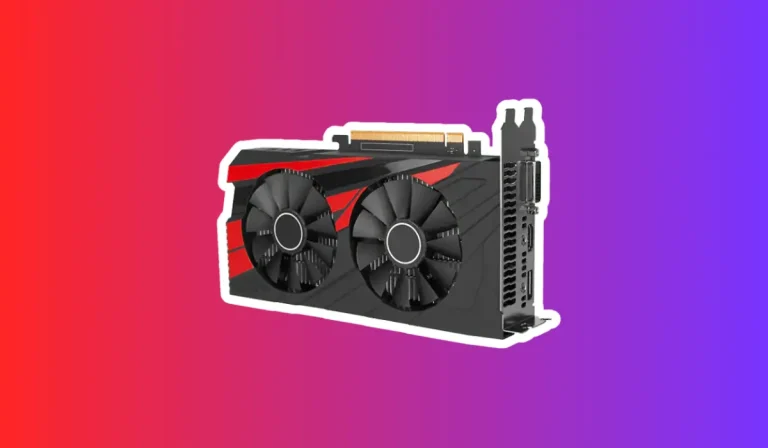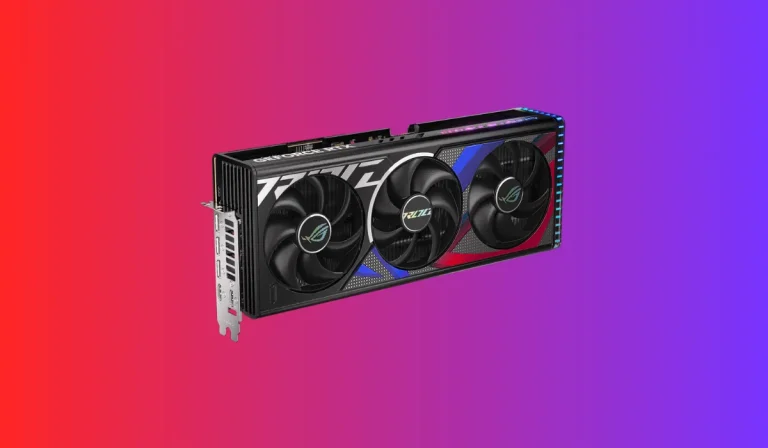Do CPUs Come With Thermal Paste?
Are you wondering if CPUs come with thermal paste? Well, you’ve landed in the right place! We’ll unravel the truth behind this burning question.
Whether you’re a PC enthusiast or just starting, understanding the role of thermal paste is crucial for keeping your CPU cool and maximizing its performance. So, let’s dive in and uncover the facts!
Factors Influencing Thermal Paste Inclusion
CPU Type and Model
The type and model of the CPU play a significant role in determining whether thermal paste is included. Entry-level CPUs and those designed for ease of installation often come bundled with thermal paste.
On the other hand, higher-end CPUs, especially those targeting enthusiasts or professionals, may not include thermal paste. Manufacturers assume that users in this category may have their preferred choice of thermal paste or an advanced cooling solution already.
Manufacturer Policies
Different CPU manufacturers have varying policies regarding thermal paste inclusion. Some manufacturers consistently include thermal paste with their CPUs as a standard practice, while others may leave it out to reduce costs or provide more flexibility to users.
Cooling Solution Compatibility: Certain CPUs are designed to work with specific cooling solutions, which may already have thermal paste pre-applied.
In such cases, the CPU itself may not come with additional thermal paste, as it is unnecessary for proper installation and performance.
Market Demand and Price Point
The inclusion of thermal paste can also be influenced by market demand and price point considerations. CPUs targeting budget-conscious consumers may include thermal paste to provide a complete package at an affordable price, while high-end CPUs may focus more on performance and customization options, leaving thermal paste as an optional component.
Applying Thermal Paste
Preparation
Before applying thermal paste, ensure that your CPU and heatsink are clean and free from any residue or dust. Use isopropyl alcohol and a lint-free cloth to gently clean the surfaces.
Selecting the Right Amount
It’s important to strike a balance when applying thermal paste. Applying too little can result in insufficient coverage while applying too much can lead to excess thermal paste oozing out and potentially causing short circuits.
For most CPUs, a small, pea-sized amount of thermal paste in the center of the CPU is sufficient.
Spreading the Paste
Once the thermal paste is applied, gently place the heatsink on top of the CPU. The pressure from the heatsink will help spread the thermal paste evenly across the surface. Avoid excessive twisting or sliding while installing the heatsink, as this can disrupt the spread of the thermal paste.
Securing the Heatsink
Ensure that the heatsink is properly secured in place with screws or other fastening mechanisms. This will help maintain consistent contact between the CPU and the heatsink, promoting efficient heat transfer.
Verifying the Spread
After installing the heatsink, you can check the spread of the thermal paste by carefully removing the heatsink. A uniform spread indicates that the thermal paste has been correctly applied, while uneven patches may require reapplication.
Thermal Paste Alternatives
Metal-Based Thermal Compounds
Instead of traditional thermal paste, metal-based thermal compounds like liquid metal or metal-filled thermal pads can be used. These compounds typically have higher thermal conductivity, allowing for more efficient heat transfer.
However, they require careful application and may not be suitable for all CPU and heatsink combinations.
Graphite Sheets
Graphite sheets are another alternative to thermal paste. These thin sheets are made of highly conductive graphite material and can be placed between the CPU and the heatsink.
Graphite sheets provide good thermal conductivity and are easy to install. However, they are not as effective as thermal paste in filling microscopic gaps on uneven surfaces.
Thermal Adhesive Tapes
Thermal adhesive tapes offer a convenient and mess-free alternative to traditional thermal paste. These tapes have adhesive properties on both sides, allowing for easy attachment of the heatsink to the CPU.
However, thermal adhesive tapes may not provide the same level of thermal conductivity as thermal paste, making them more suitable for lower-power CPUs or in situations where ease of installation is a priority.
Pads and Phase Change Materials
Thermal pads and phase change materials are pre-formed solutions that can be placed between the CPU and the heatsink. These materials soften when heated, conforming to the surface irregularities and improving heat transfer.
While they are easy to use, their thermal conductivity may be lower compared to traditional thermal paste.
FAQ’s
1. Do all CPUs come with thermal paste?
No, not all CPUs come with thermal paste. While some retail-packaged CPUs include thermal paste in the box, OEM or tray CPUs may not come with them.
2. Can I use any thermal paste with my CPU?
Yes, you can use any compatible thermal paste with your CPU. However, it’s essential to choose a high-quality thermal paste for optimal heat transfer and cooling performance.
3. What if I don’t have thermal paste for my CPU?
If your CPU does not come with thermal paste, you will need to purchase it separately. It’s important not to install a CPU without thermal paste, as it can lead to inadequate heat dissipation and potentially damage your CPU.
4. How much thermal paste should I apply to my CPU?
The amount of thermal paste needed depends on the specific CPU and manufacturer’s recommendations. Generally, a small pea-sized or rice grain-sized amount in the center of the CPU is sufficient. Applying too much can hinder heat transfer, so it’s best to follow the guidelines provided.
5. Can I reuse thermal paste when reinstalling my CPU?
It is generally not recommended to reuse thermal paste once it has been applied and removed. Thermal paste can degrade over time and lose its effectiveness. It’s best to clean off the old thermal paste and apply a fresh layer when reinstalling the CPU for optimal heat transfer.
Conclusion
Whether or not CPUs come with thermal paste depends on the type of CPU you purchase. Retail-packaged CPUs often include thermal paste, while OEM or tray CPUs may not.
To ensure a smooth installation and optimal cooling, it’s important to check the product specifications and have thermal paste ready if needed.






